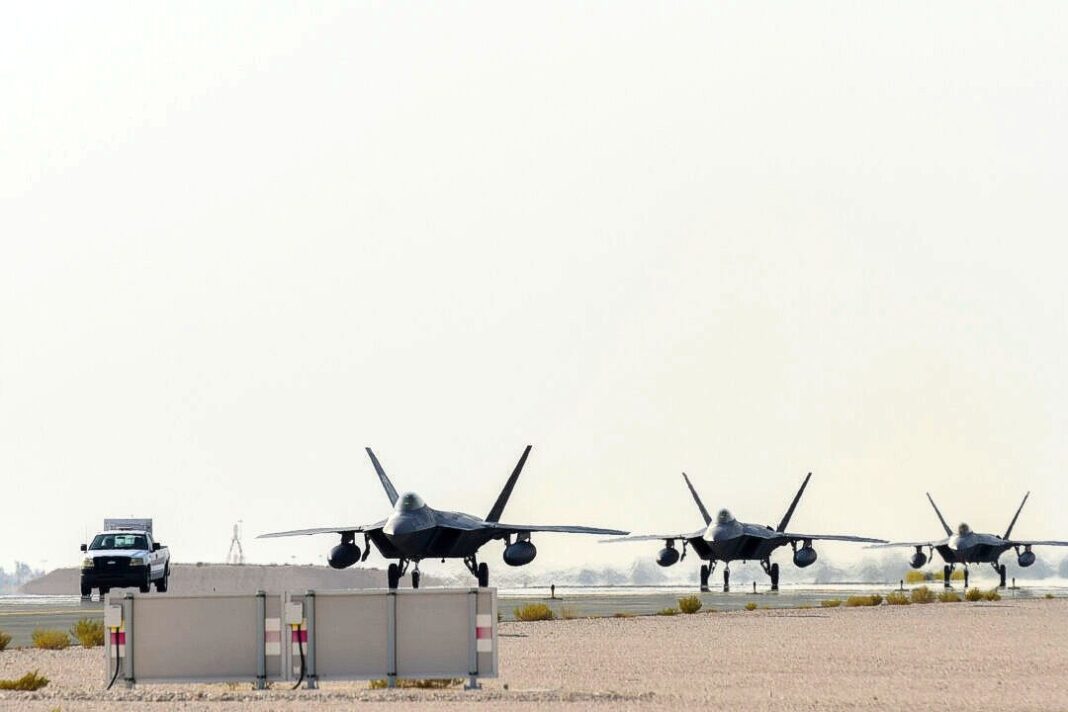Qatar’s Al Udeid Air Base is a critical military installation for the U.S., but Iran’s attack appears primarily symbolic in nature.
Iran launched several ballistic missiles at the United States’ largest military facility, Qatar’s Al Udeid Air Base, in the Middle East on June 23.
Iranian authorities said the attack was retaliation for the United States’ targeting of its uranium enrichment facilities over the weekend, and that it launched a number of missiles equal to the number of bombs dropped by the United States.
U.S. President Donald Trump confirmed in a post on Truth Social that Iran had launched 14 missiles toward the Al Udeid Air Base in Qatar but noted that Iran had given the United States advance notice of the attack and that all missiles were intercepted or else missed their target.
Hours later, Trump announced a cease-fire agreement between Iran and Israel, under which the two countries would wind down their final military operations within six hours and begin what he expected to be a “peaceful and respectful” cease-fire on both sides. After 24 hours, the conflict will be declared over, Trump said.
Iran’s attack against Al Udeid is nevertheless a historic moment, as it marks the first time that a foreign power has directly targeted the base in Qatar, which normally houses thousands of U.S. military personnel, dozens of bombers and fighter jets, and vital logistical command units.
US Nerve Center in the Middle East
Al Udeid is technically a Qatari base and was built in secret by Qatar throughout the 1990s. It first welcomed U.S. troops in the early 2000s following U.S. operations in the region related to the global war on terror.
However, functionally, the sprawling facilities at Al Udeid serve as the largest U.S. military facility in the Middle East and grant the United States unparalleled power projection capability throughout the region.
The base is therefore a target rich in symbolic value, even if the Iranian attack achieved no immediate strategic benefit.
Al Udeid’s strategic relevance is twofold: It allows the United States to project power by supporting varied air campaigns, and it boosts regional deterrence by providing an air element to complement the Navy’s Fifth Fleet in neighboring Bahrain.
The facilities stretch across roughly 12 square miles of land and became a key nerve center for U.S. operations in the Middle East during the wars in Afghanistan and Iraq. They have at times housed more than 8,000 service members alongside hundreds of allied coalition forces.








